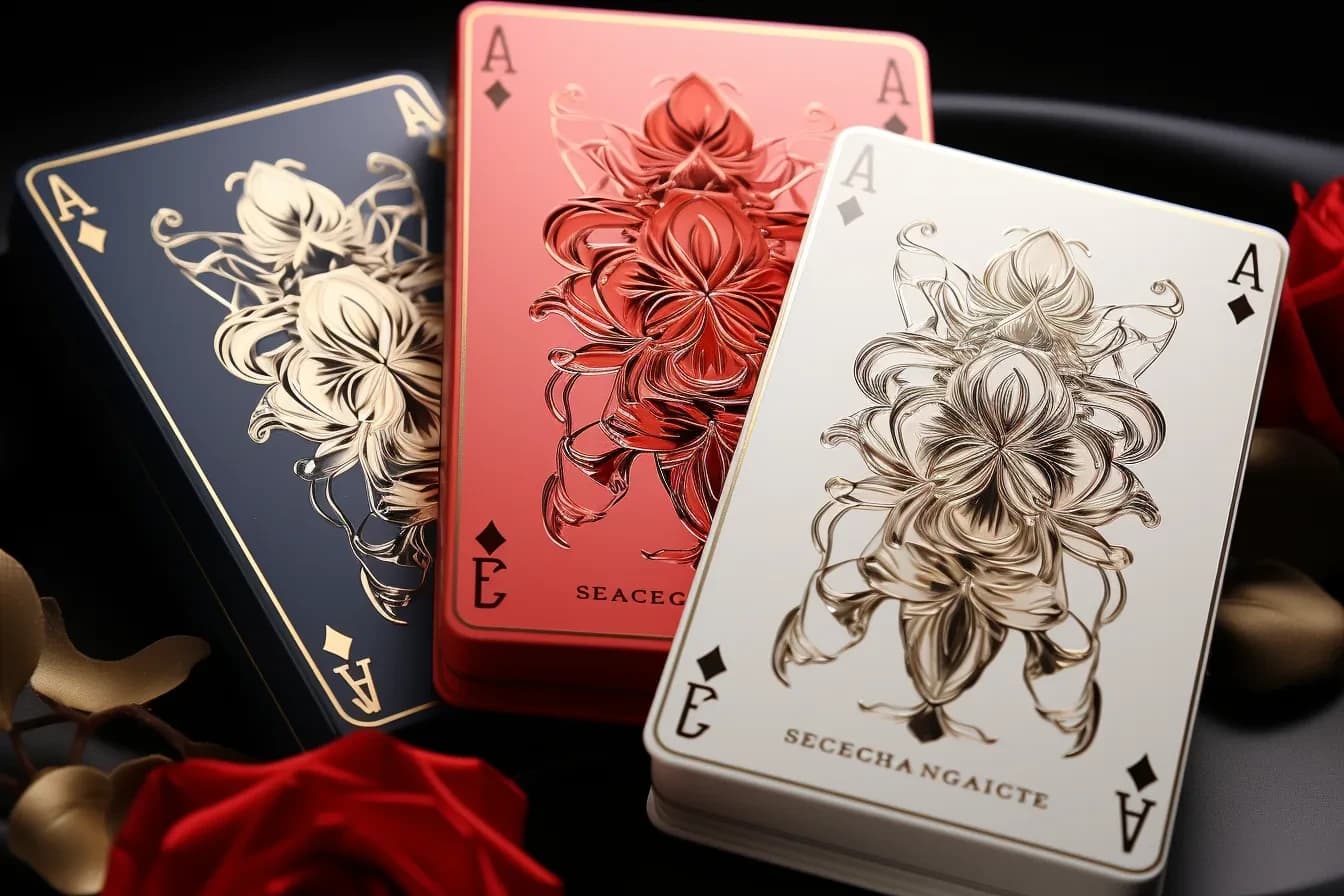3 Card Baccarat Strategy

Most live casino players in New Zealand reading this article probably know Three-Card Poker better than Three-Card Baccarat. For those not in the loop, it's understandable because there are heaps of casino games to play. Three-Card Baccarat is an exciting, fast-paced version of the classic Baccarat game. It's straightforward to get the hang of, especially with the right guide. This post covers the rules, strategies, and tips for playing Three-Card Baccarat.
What Exactly Is Three-Card Baccarat?
Three-Card Baccarat is a popular variant of Baccarat, particularly known in some Macau casinos. The game is similar to traditional Baccarat in that both sides are dealt three cards, with the highest score determining the winner. Unlike some versions, picture cards (J, Q, K) are worth their face value in this specific game.
- That said, Three-Card Baccarat uses a standard 52-card deck, with all cards dealt face-up for everyone to see.
- Before the cards are dealt, players must place a wager on either the banker or player position. At this point, you can also opt to place one of the optional side bets, which we'll cover later in this guide.
- Take note: face cards (King, Queen, Jack) and tens are worth zero. Aces are worth one point, and all other cards are valued according to their face value. This scoring system will sound familiar to those who have played Baccarat before.
How Three-Card Baccarat Differs from Standard Baccarat
So, what sets Three-Card Baccarat apart from its traditional counterpart? The best possible hand combination in this game comprises three face cards of the same rank. For example, getting three sixes would technically be valued at 18. However, in Baccarat, the highest score is 9, so three sixes would actually count as 8.
The side with the most points wins the round. If scores are tied, the side with more face-value cards wins the hand. For instance, 6+6+6 would beat Q+2+6 because it has more face-value cards (even though Q is worth zero for scoring, it's still a face card). A push or tie can occur if both players have cards with identical face values and picture combinations.
Three-Card Baccarat Payouts Explained
Much like in classic Baccarat, winning hands typically pay out even money (1:1). This means a $10 bet on a winning hand would result in a $20 payout – your original $10 stake plus $10 in winnings.
That’s not all pay-wise. If the player makes a winning hand of six (it doesn’t matter the combination), they’ll receive a 2:1 payout. In addition, tie bets pay at 25:1, although the odds of winning these bets are pretty high.
Players at the best live casino sites are also conversant with the 5% commission of banker bet wins. The same applies to the increasingly popular baccarat variant.
Three-Card Baccarat Side Bets
In most cases, Three-Card Baccarat features two optional wagers of Dragon Bonus and 3 Kings. Below is a brief overview:
Kings Bonus
This wager pays out if the player scores an 8 or higher, with a higher hand attracting a much bigger pay. The payout for three Kings is 50:1 and 25:1 for three face cards. Also, scoring any nine and eight pays out at 3:1 and 2:1, respectively.
Dragon Bonus
This side bet wins if the player beats the dealer with at least 5 points. Like with the Three Kings bonus bet, players receive a bigger payout with more winning points.
Below are the payouts:
- Win by 5 points: 1:1
- Win by 6 points: 3:1
- Win by 7 points: 5:1
- Win by 8 points: 10:1
- Win by 9 points: 20:1
- Win by 10 points: 50:1
Three-Card Baccarat Tips and Strategies
There is no proven solution to reduce the losing sessions in Three-Card Baccarat. The thing is that Baccarat is a game of chance, meaning no strategy can increase the Return to Player (RTP) rate. The same applies to all other live online casino games, except maybe video poker and blackjack.
But players don’t have to play blindly just because they cannot decrease the house edge.
- First, avoid the tie bet like the plague because the odds of winning this wager are slim. But the 50:1 maximum payout can be irresistible.
- Another trick, although this won’t do much, is to play the player bet instead of the banker. While the banker's bet often has a slightly lower house edge, the 5% commission on the house makes it an unattractive option. In short, don’t do the donkey work for the casino!
- Lastly, practice bankroll management, knowing that baccarat outcomes are purely luck-based. Create an ample budget and use it responsibly without chasing losses. Players should also consider using betting systems like Martingale and Paroli to manage their finances better.









